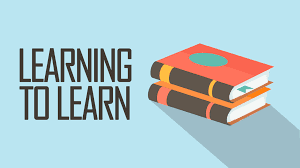“Assessment”
“Assessment”
Assessment is the use of a variety of procedure to
collect information about learning and instruction. There are two kinds of
purposes for assessment formative purpose and summative purpose. Formative
purpose, directed towards helping teachers to adjust their own approaches and
this would take place throughout a course of teaching. While summative purpose,
to see how well learners have done at the end of period of teaching. Both formative
and summative assessment can have an impact on children’s motivations but in
different ways. Formative assessment, is more likely to be associated with
positive feelings by learners towards the subject studied, while summative
assessment need not be associated with too many negative feeling if it is felt
to be fair in some of the ways.
In the classroom
after teacher finished explain the material to the students, teacher should
assess the students understanding about the material. In this case we talk
about why assess young learners, so for the first is to monitor and aid
children’s progress, second to provide children with evidence of their progress
and enhance motivation, to monitor your performance and plan future work, and
the last is to provide information for parents, colleagues, and school
authorities.
The teacher assesses the student’s skill development
such as listening, speaking, reading, writing and integrated skills. Also, the
attitudes which is behavioral and social skill.
How does the teacher assess the learners (methods proposed)?
- 1. Structured
assessment activities/tasks
- 2. Take-home
assessment task
- 3. Portfolio
assessment
- 4. Projects
- 5. Self-assessment
- 6. Peer-assessment
- 7. Traditional
test
- 8. Learner
developed assessment task
- 9. Observation
- 10. Conferencing
Teacher will give some feedback to the students
regarding to their work this is the common one that happened in the class.
Offering feedback is an integral part of the assessment process. As soon as
possible after the assessment task is carried out. So, to give some feedback it
starts from individual: group of children or the whole class, self-correction, conferencing
face to face and written feedback: short comments and following up with brief
chat. Feedback can help children to discover their strength and weaknesses, can
motivate them and help them to persist in their learning.
Ioannou & Pavlou. (2003). Assessing Young Learners.
Oxford: Oxford University Press.




Ulasan
Catat Ulasan